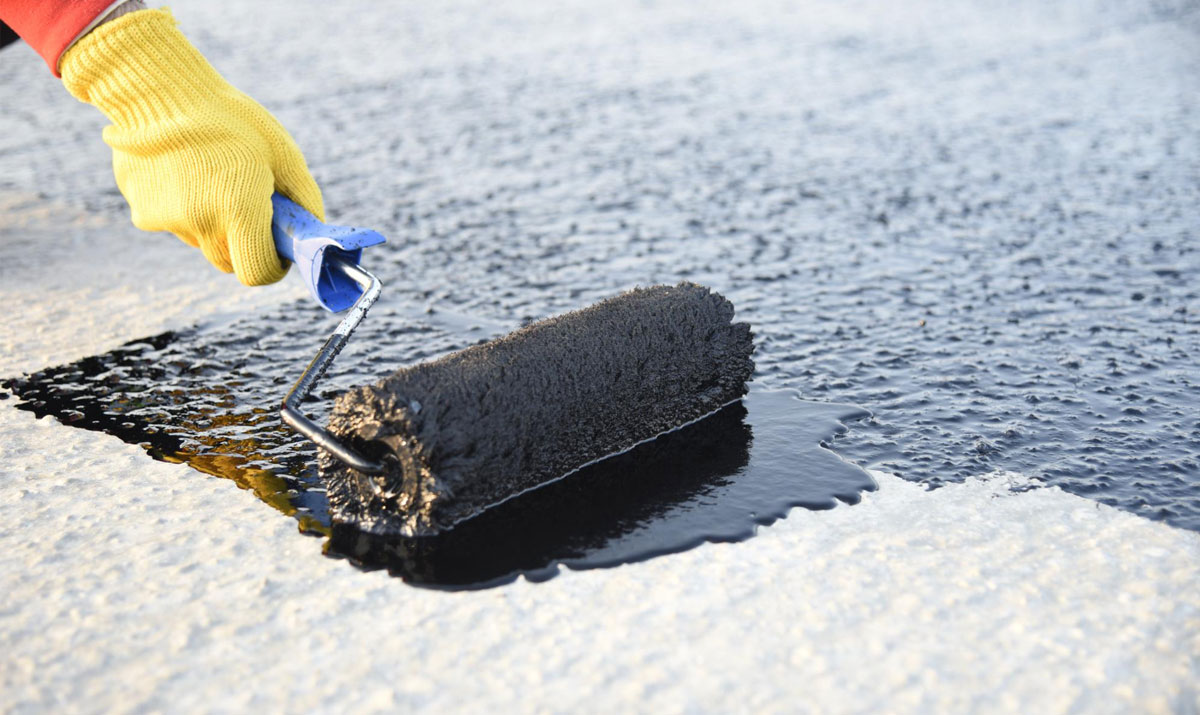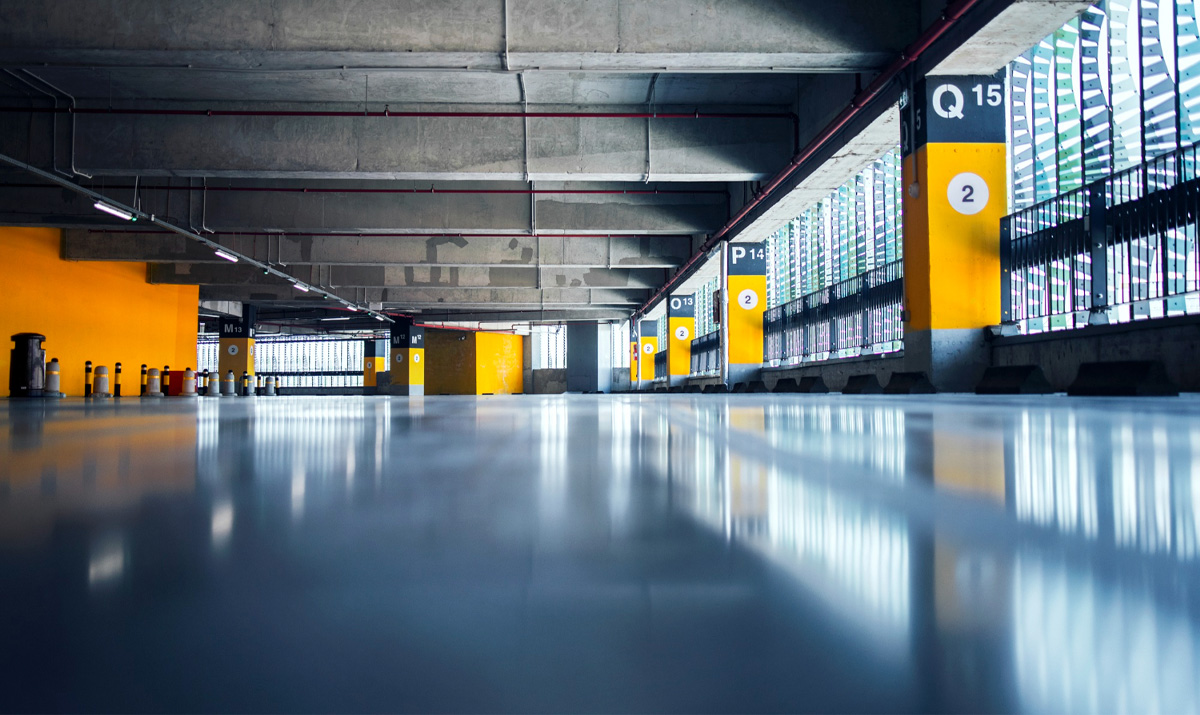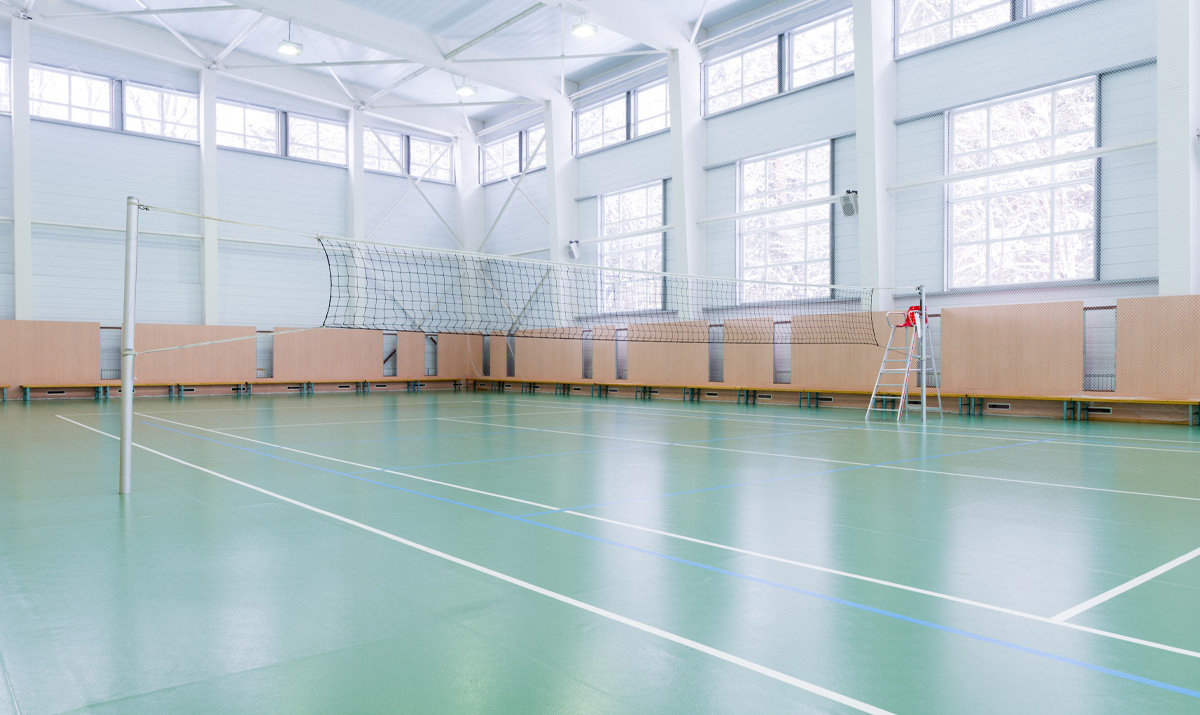Reasons For Wall Dampness
Wall dampness can be a major problem for homeowners, causing damage to the structure of the building as well as potential health hazards. Here are some of the most common reasons for wall dampness:
1. Leaking pipes: If there is a leak in your plumbing system, water can seep into the walls and cause dampness. This can be particularly problematic if the leak is in a hard-to-reach area, as it may go unnoticed for some time.
2. Condensation: Condensation can occur when warm, moist air comes into contact with a cold surface, such as a wall. This is a common problem in bathrooms and kitchens, where steam from cooking and showering can build up over time.
3. Poor ventilation: If a room is not well-ventilated, it can create an environment where moisture can accumulate. This is particularly problematic in areas where there is a lot of moisture, such as bathrooms and kitchens.
4. Rising damp: Rising damp occurs when moisture from the ground is drawn up into the walls through capillary action. This can be caused by a variety of factors, including damaged or missing damp-proof courses.
5. External factors: External factors such as heavy rainfall, flooding, or high humidity levels can all contribute to wall dampness. This can be particularly problematic if there are cracks or other damage to the external walls of the building.
If you are experiencing wall dampness, it is important to address the underlying cause as soon as possible to prevent further damage to your home. We can help you identify the cause of the problem and recommend the best course of action. This may include repairing any leaks, improving ventilation, or installing a damp-proof course to prevent rising damp.





